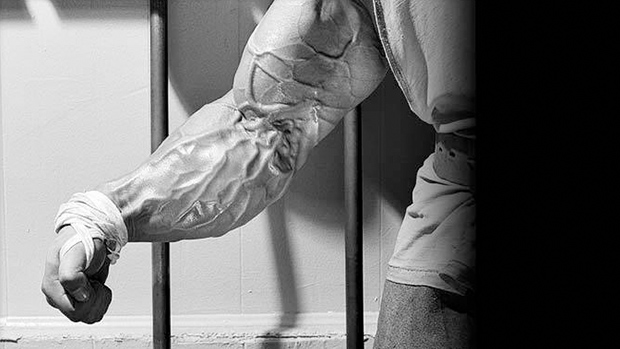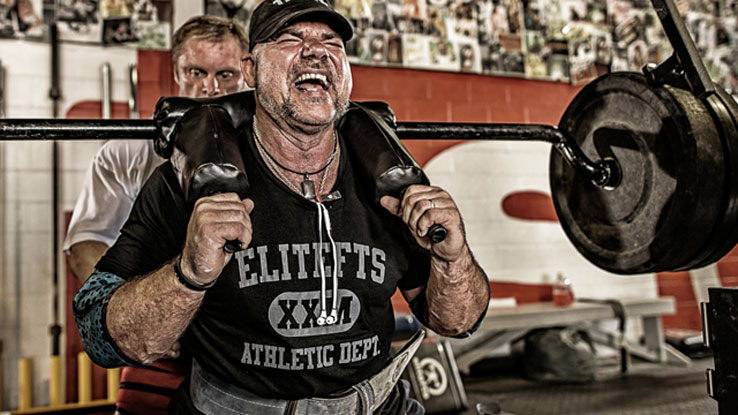Nearly every lifter struggles with lower back pain at some point. And even serious lifters struggle to train the deadlift movement pattern properly to yield optimal muscular and neurological benefits while sparing the low back.
How do you know if the deadlift is taking more out of you than it's giving back? If your deadlifts are pumping the spinal erectors and segmental stabilizing musculature of the lower back instead of training your glutes and hamstrings, chances are your sequencing and muscle targeting is off.
Improper muscular firing sequences can overload the smaller accessory muscles, like the structures supporting the lower back, and de-emphasize the big primary movers that should actually be taking the brunt of the load. When this happens, it can not only hurt your orthopedic wellness, but also lead to increase centralized stress via the pain response in the nervous system.
Whether your lower back is chronically cranky or you're just coming off of a heavy block of deadlift training, using strategic schemes to help rewire muscular sequencing while helping deload the lower back is a must. This can be achieved through a pre-activation superset that can quickly enhance the mind-muscle connection of the glutes, hams, and lats while taking stress off the lower back.
By placing a primer movement before the deadlift, you can activate the posterior chain for better quality loaded movement. One of the most effective primers is the bentover straight-arm pulldown with bands.
This exercise places the hips and torso into an isometrically supported hip hinge while the lats become dynamically activated through a full range of motion. (Your lats play a big role in stabilizing the hinge.) Eliciting tension and activation through the posterior oblique slings will improve key lumbo-pelvic positioning for the deadlift while also correcting faulty muscular sequencing.
Do 4-6 reps on the straight-arm pulldown with a dynamic pull, peak contraction at the bottom, and slow negative on the way back up. Then move directly into the banded trap bar deadlift.
Place bands over the trap bar to overload the top of the movement while deloading the bottom. If you have access to a powerlifting platform with pegs, use them. If not, check out the setup in the video using dumbbells and weight plates to anchor the bands over the bar.
This setup allows more natural acceleration of the bar into more extended ranges of motion with the hip hinge pattern, which is a huge advantage of banded training. When activation and explosiveness is the goal, stick with 1-4 fast reps and a higher velocity of movement. This will automatically decrease the external weight on the bar.
Remember, when training around pain and fatigue, always focus on quality movements over quantity of reps.





